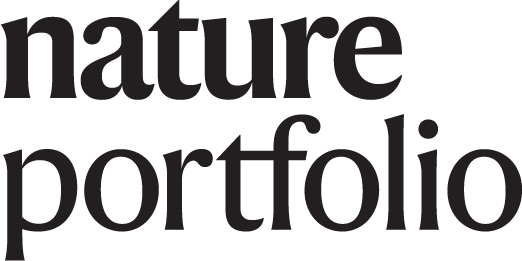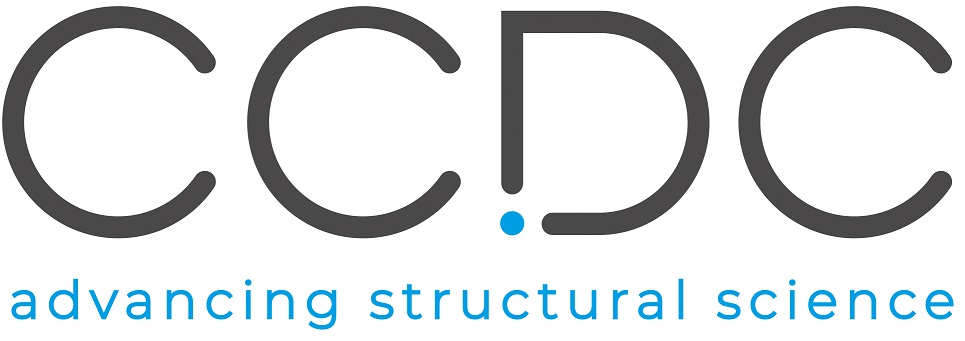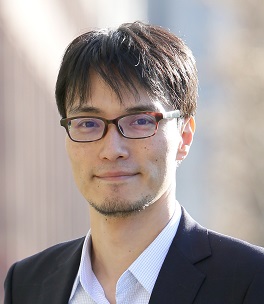 Goki Eda, National University of Singapore, Singapore
Goki Eda, National University of Singapore, Singapore
Dr. Eda received his M.Sc. in Materials Science and Engineering from Worcester Polytechnic Institute in 2006 and Ph.D. in the same discipline from Rutgers University in 2009. He became a Newton International Fellow of the Royal Society of the UK and worked at Imperial College London. He joined the National University of Singapore as an Assistant Professor of Physics and Chemistry, and a member of the Centre for Advanced 2D Materials (CA2DM) in 2011. He is a recipient of the Singapore National Research Foundation (NRF) Research Fellowship and many awards including the Singapore National Academy of Science (SNAS) Young Scientist Award, University Young Researcher Award, and IPS Omicron Nanotechnology Award. He is an Associate Editor of npj 2D Materials and Applications. Dr. Eda investigates a wide range of physical and chemical properties of two-dimensional materials with a focus on their photonic device applications. He has co-authored >100 peer-reviewed papers and his work has been cited over 38,000 times (h-index of 59).
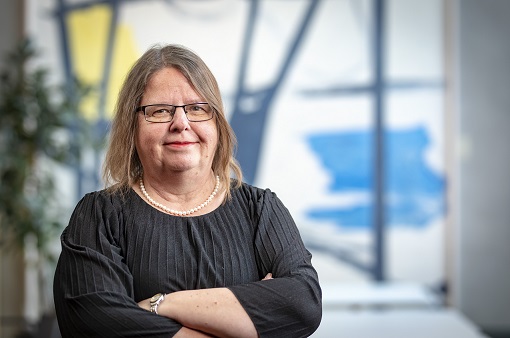 Kristina Edström, Uppsala University, Sweden
Kristina Edström, Uppsala University, Sweden
Kristina Edström, professor of inorganic chemistry at Uppsala University Sweden coordinates the large-scale European research initiative BATTERY 2030+. She studies Li-ion batteries, Na-ion batteries, solid-state batteries. and other future battery chemistries. She leads the Ångström Advanced Battery Centre. She has more than 280 scientific papers with an H-index of 66.
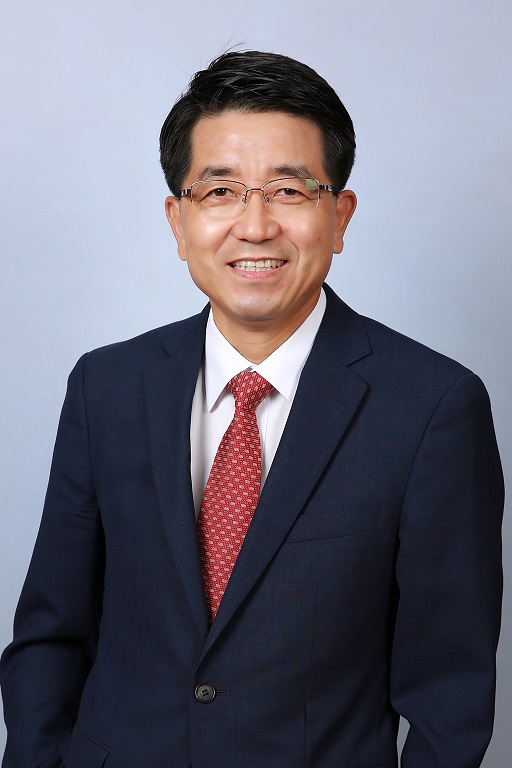 Taeghwan Hyeon, Seoul National University, South Korea
Taeghwan Hyeon, Seoul National University, South Korea
Taeghwan Hyeon received his B. S. (1987) and M. S. (1989) in Chemistry from Seoul National University (SNU), Korea. He obtained his Ph.D. in Chemistry from U. Illinois at Urbana-Champaign (1996), and conducted one-year postdoctoral research at the Catalysis Center of Northwestern University. Since he joined the faculty of the School of Chemical and Biological Engineering of Seoul National University in 1997, he has focused on the synthesis and applications of uniform-sized nanoparticles and related nanostructured materials, and published > 350 papers in prominent international journals (> 55,000 citations and h-index of > 120). He is a SNU Distinguished Professor. In 2011, he was selected as “Top 100 Chemists” of the decade by UNESCO&IUPAC. For the last > 6 years, he has chosen as “Highly Cited Researcher” in Chemistry and Materials Science areas by Clarivate Analytics. Since 2012, he has been serving as a Director of Center for Nanoparticle Research of Institute for Basic Science (IBS). He is Fellow of Royal Society of Chemistry (RSC) and Materials Research Society (MRS). He received many awards including the Korea S&T Award from the Korean President (2016), Hoam Prize (2012, Samsung Hoam Foundation), POSCO-T. J. Park Award (2008), and the IUVSTA Prize for Technology (International Union for Vacuum Science, Technique and Applications, 2016). Since 2010, he has served as an Associate Editor of Journal of the American Chemical Society. He has been serving as editorial (advisory) board members of ACS Central Science, Advanced Materials, Nano Today, and Small.
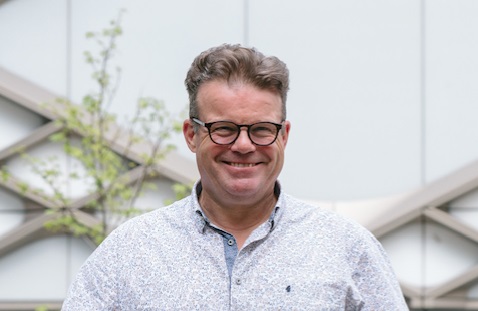 Anthony Ryan, University of Sheffield, United Kingdom
Anthony Ryan, University of Sheffield, United Kingdom
Professor Tony Ryan is The Professor of Physical Chemistry at the University of Sheffield and the founding Director of the Grantham Centre for Sustainable Futures..
Tony is active in translational research, disseminating evidence-based science to both experts and non-experts, and has been a regular contributor to TV, Radio, National Press and at learned societies from The Royal Society of Chemistry to Chatham House, The Royal Institute of International Affairs. He presented evidence at the UNFCCC COP21 in Paris in 2015 and returned to COP22 in Marrakech in 2016.
His research covers sustainable synthesis, structure, processing, and applications of polymers using advanced analytical and measurement techniques. Recent research projects included renewable sources for polyurethane synthesis, organic photovoltaics, maximising the properties of polymers and biopolymers through flow-induced crystallisation, formulation of home and personal care products and polymer foams for high intensity urban agriculture. The emphasis throughout is on understanding the fundamental science & technology in order to minimise resource use.
He has co-authored more than 350 papers and patents and 2 books. His text book, "Polymer Processing and Structure Development" with Arthur Wilkinson, is used in Universities world-wide. His sustainability book, “The Solar Revolution”, co-authored with Steve McKevitt, a social scientist, has had great reviews; it puts into context how we come to live on a planet supporting 7 billion people and what we have to do make sure in remains inhabitable (and prosperous) for the foreseeable future.
Tony has a BSc and PhD from the University of Manchester and a DSc from UMIST. He held a NATO Research Fellowship at the University of Minnesota, was a Lecturer, Senior Lecturer and Reader in Materials Science at The University of Manchester and was seconded to the Synchrotron Radiation Source at Daresbury. In 1997 he moved to Sheffield and served as Head of Chemistry before becoming the Pro Vice Chancellor for the Faculty of Science in 2008, a role which he fulfilled until 2016.
In 2002 he delivered the Royal Institution Christmas Lectures and was awarded an OBE in 2006 for 'Services to Science'.
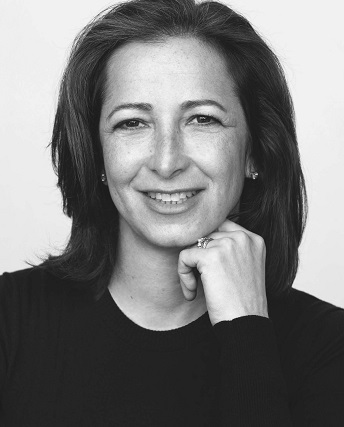 Molly Shoichet, University of Toronto, Canada
Molly Shoichet, University of Toronto, Canada
Professor Molly Shoichet holds the Tier 1 Canada Research Chair in Tissue Engineering at the University of Toronto. She served as Ontario’s first Chief Scientist in 2018 where she worked to enhance the culture of science. Dr. Shoichet has published over 650 papers, patents and abstracts and has given over 400 lectures worldwide. She currently leads a laboratory of 25 and has graduated 200 researchers. Her research is focused on drug and cell delivery strategies in the central nervous system (brain, spinal cord, retina) and 3D hydrogel culture systems to model cancer. Dr. Shoichet co-founded four spin-off companies, is actively engaged in translational research and science outreach. Dr. Shoichet is the recipient of many prestigious distinctions and the only person ever to be inducted into all three of Canada’s National Academies of Science, Engineering and Health Sciences. In 2018, Professor Shoichet was inducted as an Officer of the Order of Canada and in 2011, she was awarded the Order of Ontario. In 2014, Dr. Shoichet received the University of Toronto’s highest distinction, University Professor, which is held by less than 2% of the faculty. Dr. Shoichet was the L’Oreal-UNESCO For Women in Science Laureate for North America in 2015, elected Foreign Member of the US National Academy of Engineering in 2016, and won the Killam Prize in Engineering in 2017. Dr. Shoichet received her SB from the Massachusetts Institute of Technology (1987) and her PhD from the University of Massachusetts, Amherst in Polymer Science and Engineering (1992).
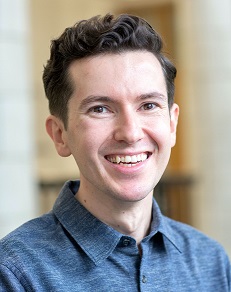 Aron Walsh, Imperial College London, United Kingdom
Aron Walsh, Imperial College London, United Kingdom
Aron Walsh is Professor of Materials Design at Imperial College London. He was awarded his PhD in chemistry from Trinity College Dublin, completed a postdoctoral position at the National Renewable Energy Laboratory, and held a Marie Curie fellowship at University College London. Aron began his independent research career at the University of Bath where he held a Royal Society University Research Fellowship. His research involves theory and simulation applied to problems across solid state chemistry and physics, including materials for solar energy. Aron was awarded the RSC Harrison-Meldola Memorial Prize (2013), and the Corday–Morgan Prize (2020) for his contributions to computational chemistry. He holds a joint position at Yonsei University (Korea) and is a Scientific Editor for Materials Horizons.
Group website: http://www.imperial.ac.uk/people/a.walsh
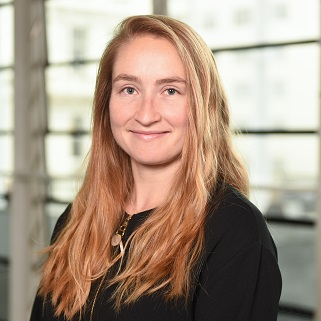 Anna Blakney, University of British Columbia, Canada
Anna Blakney, University of British Columbia, Canada
Dr. Anna Blakney is an Assistant Professor at the University of British Columbia in the Michael Smith Laboratories and School of Biomedical Engineering. She received a BSc in Chemical and Biological Engineering prior to pursuing her PhD in Bioengineering at the University of Washington. She then completed her postdoctoral training at Imperial College London, co-supervised by Prof. Robin Shattock and Prof. Molly Stevens. Her group is interested in molecular and formulation immunoengineering to develop the next generation of RNA vaccines and therapies.
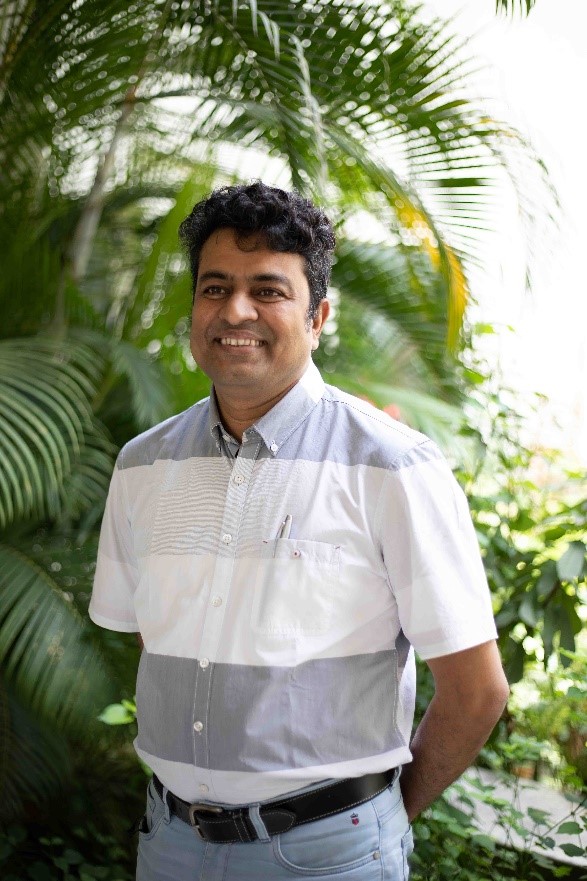 Nirmalya Ballav, IISER Pune, India
Nirmalya Ballav, IISER Pune, India
Nirmalya Ballav is an Associate Professor at the Department of Chemistry, IISER Pune, India. He completed his MSc in Organic Chemistry (2000) and PhD in Physical Chemistry (2005) from University of Calcutta, India. Before joining IISER Pune as an Assistant Professor in 2011, he was a postdoctoral fellow at Applied Physical Chemistry, University of Heidelberg, Germany and at Laboratory for Micro and Nanotechnology, Paul Scherrer Institute, Switzerland. His primary research focuses on interfacial materials chemistry – from fundamental to applications – and research platforms include coordination polymers, low-dimensional materials, and magnetic semiconductors.
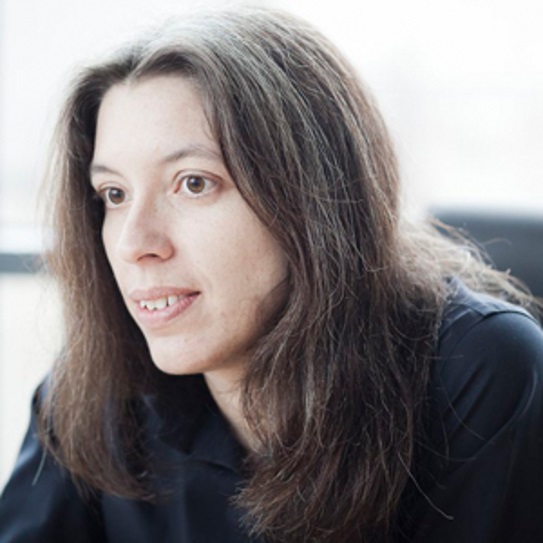 Paula Colavita, Trinity College Dublin, Ireland
Paula Colavita, Trinity College Dublin, Ireland
Paula Colavita received her undergraduate degree in Chemistry from the University of Trieste. She completed her PhD in Physical Chemistry in 2005 at the University of South Carolina and carried out postdoctoral research work at the University of Wisconsin-Madison. In 2008 she joined the School of Chemistry at Trinity College Dublin where she is currently a Professor and a College Fellow. Her team focuses on understanding and achieving control of interfacial processes and reactions, as well as on the application of advanced functional surfaces to address important scientific and technological challenges in materials and biomaterials chemistry.
 Elizabeth Gibson, Newcastle University, United Kingdom
Elizabeth Gibson, Newcastle University, United Kingdom
Libby is a Reader in Energy Materials at Newcastle University. Research in her group focuses on solar cell and solar fuel devices that function at a molecular level and challenge the conventional solid-state photovoltaic technologies. This involves materials development, device assembly and characterization of the underpinning photophysics and electrochemistry.
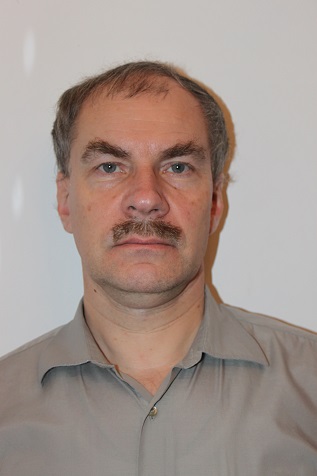 Yurii Gun'ko, Trinity College Dublin, Ireland
Yurii Gun'ko, Trinity College Dublin, Ireland
Yurii Gun’ko has received his MSc and Ph.D degrees in Chemistry from Moscow State University (Russia) in 1987 and 1990 respectively. Then he worked as a lecturer in Chemistry in Belarus Institute of Technology and postdoctoral researcher in the University Sussex (UK) and the University of Magdeburg (Germany). In 1999 he was appointed as a Lecturer in Inorganic Chemistry in Trinity College Dublin, promoted to Senior Lecturer in 2005, becoming Associate Professor in 2017 and then appointed to the 1922 Chair in 2014. His main research interest and activities are in the areas of: quantum dot based materials, nanophotonics, photovoltaics, plasmonic and magnetic nanostructures.
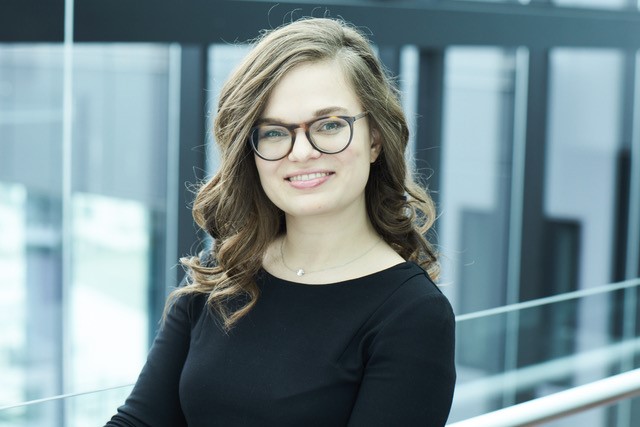 Kirsten Jensen, University of Copenhagen, Denmark
Kirsten Jensen, University of Copenhagen, Denmark
Kirsten M. Ø. Jensen is an associate professor at Department of Chemistry at University of Copenhagen. She received her Ph.D. in Chemistry from Aarhus University in 2013. Following a postdoc position at Columbia University, she started her research group in Copenhagen in 2015. The research in her group concerns nanomaterials, focusing especially on the use of X-ray and neutron scattering for materials chemistry.
 Feng Jiao, University of Delaware, United States
Feng Jiao, University of Delaware, United States
Professor Feng Jiao received a BSc in Chemistry from Fudan University and a PhD degree in Chemistry from University of St Andrews. After receiving postdoctoral trainings at Lawrence Berkeley National Laboratory, Dr. Jiao joined the University of Delaware in 2010 and is now the Robert Grasselli Development Professor of Chemical and Biomolecular Engineering and the Director of Center for Catalytic Science & Technology. Professor Jiao’s group focuses primarily on nanostructured materials, electrocatalysis, and carbon dioxide utilization.
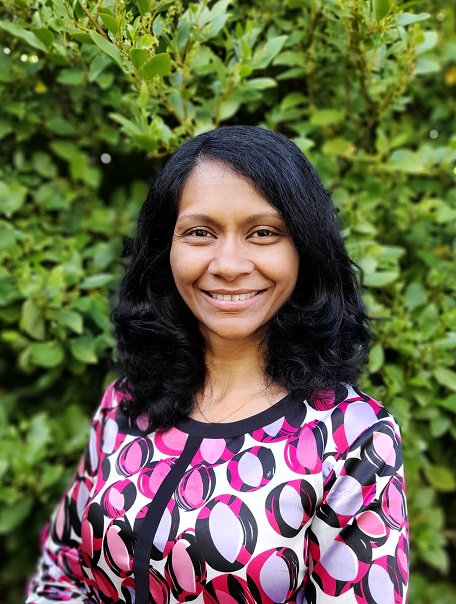 Sohini Kar-Narayan, University of Cambridge, United Kingdom
Sohini Kar-Narayan, University of Cambridge, United Kingdom
Dr Sohini Kar-Narayan is a Reader in Device & Energy Materials at Cambridge University, leading a research group focused on functional nanomaterials and devices for energy, sensing and bio-medicine, and specialising in techniques ranging from scanning probe microscopy to additive manufacturing. She received her PhD (2009) in Physics from the Indian Institute of Science.
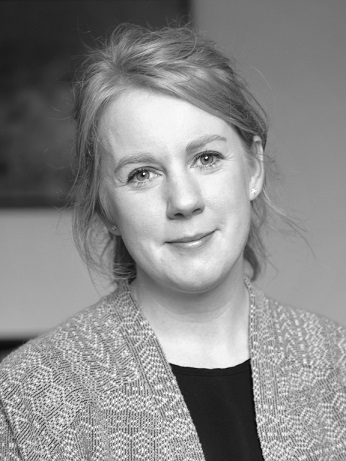 Susan Kelleher, Dublin City University, Ireland
Susan Kelleher, Dublin City University, Ireland
Susan completed her degree in Medicinal Chemistry in Trinity College Dublin (2005), after which she carried out her PhD in Organic Chemistry (2009), as well as a short post-doc in biodegradable chewing gum, in University College Dublin (UCD). In 2010, she moved to the Technical University Berlin, where she worked on the nano- and micro- surface patterning of biomaterials and investigated the ability of these surfaces to influence cell behaviour. In 2012, Susan joined Dublin City University (DCU), where she worked for 2 years on the functionalisation of surfaces and nanoparticles for use in point-of-care devices, and in 2014, secured independent funding to begin her own research projects in the areas of bioresponsive materials, nanopatterning and biomimetic engineering. In October 2016, Susan was appointed Assistant Professor of Soft Materials in UCD School of Chemistry and set up the Nanostructured Biomaterials Group. In February 2021, the group moved to the School of Chemical Sciences in DCU.
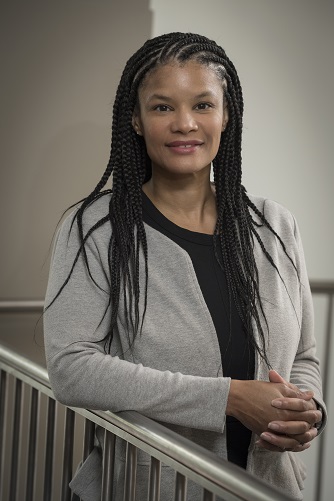 LaShanda Korley, University of Delaware, United States
LaShanda Korley, University of Delaware, United States
Prof. LaShanda T. J. Korley is a Distinguished Professor in the Departments of Materials Science & Engineering and Chemical & Biomolecular Engineering at the University of Delaware (UD). Previously, she held the Climo Associate Professorship of Macromolecular Science and Engineering at Case Western Reserve University, where she started her independent career in 2007. Prof. Korley is the Director of the recently awarded Energy Frontier Research Center – Center for Plastics Innovation (CPI) funded by the Department of Energy and also the Co-Director of the recently announced Materials Research Science and Center – UD Center for Hybrid, Active, and Responsive Materials (UD CHARM). She is also the Principal Investigator for the National Science Foundation Partnerships for International Research and Education (PIRE): Bio-inspired Materials and Systems and the co-director of the Center for Research in Soft matter & Polymers (CRiSP) at the University of Delaware.
She received a B.S. in both Chemistry & Engineering from Clark Atlanta University as well as a B.S. in Chemical Engineering from the Georgia Institute of Technology in 1999. Prof. Korley completed her doctoral studies at MIT in Chemical Engineering and the Program in Polymer Science and Technology in 2005, and she was the recipient of the Provost’s Academic Diversity Postdoctoral Fellowship at Cornell University in 2005. She was named a DuPont Young Professor in 2011 and was selected for the National Academy of Engineering Frontiers of Engineering symposium. She was a Kavli Fellow of Japanese/American Frontiers of Science Symposium from 2012-16. Recently, Prof. Korley was elected as Fellow of the American Institute of Medical and Biological Engineering and was awarded the National Organization for the Professional Advancement of Black Chemists and Chemical Engineers (NOBCChE) Lloyd N. Ferguson Young Scientist Award for Excellence in Research. Her research focuses on bio-inspired polymeric materials, film and fiber manufacturing, plastics recycling and upcycling strategies, stimuli-responsive composites, peptide-polymer hybrids, fiber-reinforced hydrogels, and renewable materials derived from biomass.
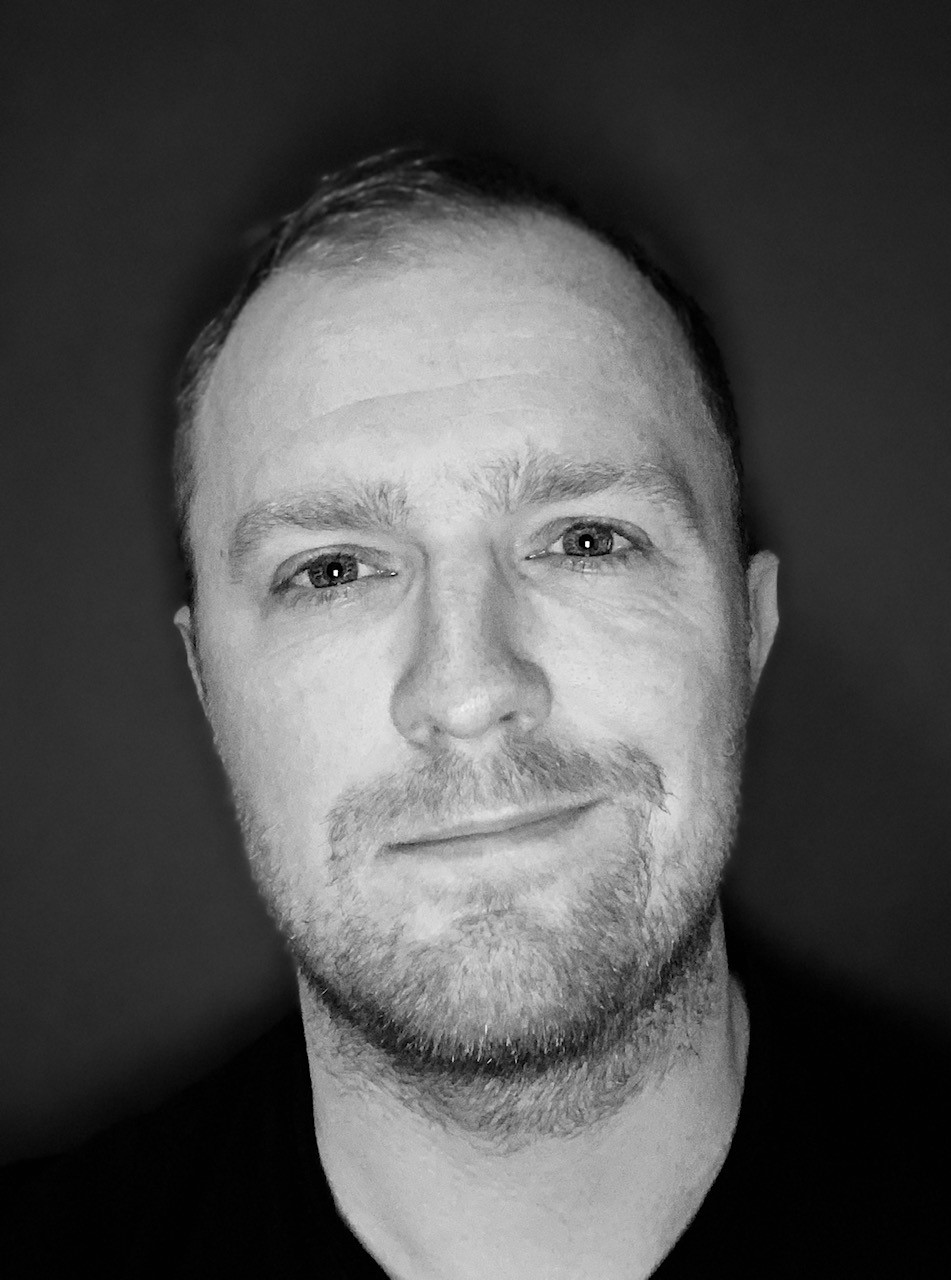 Jon Major, University of Liverpool, United Kingdom
Jon Major, University of Liverpool, United Kingdom
Dr Jon Major is an EPSRC research fellow at the Department of Physics and Stephenson Institute for Renewable Energy at the University of Liverpool. He obtained his PhD in Physics from the University of Durham in 2008 before joining the University of Liverpool in 2011. His research focuses on material science and device performance analysis of thin film solar cells and functional materials.
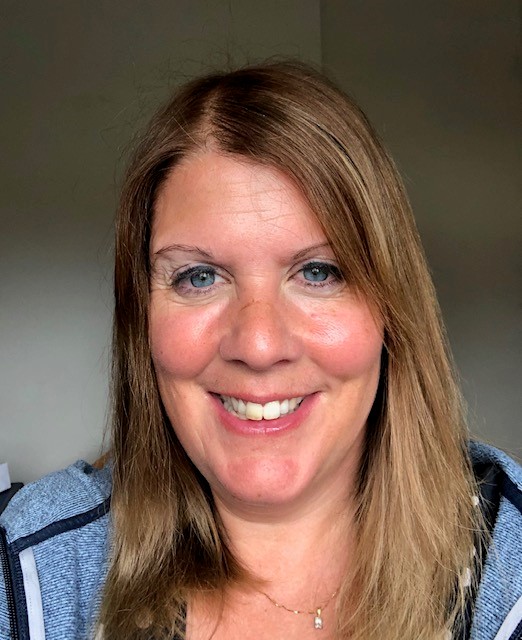 Abbie McLaughlin, University of Aberdeen, United Kingdom
Abbie McLaughlin, University of Aberdeen, United Kingdom
Abbie Mclaughlin is currently a Professor at the Department of Chemistry, University of Aberdeen. She received her PhD from the University of Cambridge in 2002 and moved to the University of Aberdeen in 2003 where she was awarded a Royal Society of Edinburgh personal Fellowship. She followed this up with a Leverhulme Trust Early Career fellowship and secured a lectureship at the University of Aberdeen in 2009.
Her research interests include the synthesis and study of transition metal oxides and oxyarsenides with fascinating properties such as superconductivity, magnetoresistance, magnetism and ionic conductivity.
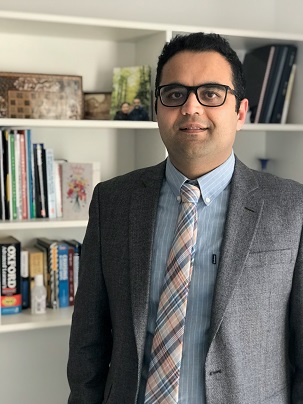 Peyman Moghadam, University of Sheffield, United Kingdom
Peyman Moghadam, University of Sheffield, United Kingdom
Dr. Peyman Z. Moghadam (PZM) is an Assistant Professor in the Department Chemical and Biological Engineering at the University of Sheffield. Prior to joining Sheffield, PZM was the Head of the computational group at the Adsorption and Advanced Materials Lab at the University of Cambridge for three years. From 2013-2015, he did a postdoc at Northwestern University (USA) after completing his PhD at the University of Edinburgh. PZM group is leading the field of high-throughput simulations – including Monte Carlo, molecular dynamics and quantum mechanical calculations – and quantitative “big data'' methods for accelerated discovery of nanoporous materials. PZM has been leading the collaboration with the Cambridge Crystallographic Data Centre (CCDC) to classify different types of crystalline materials, including the first publicly-available repository of all the MOFs synthesised to date.
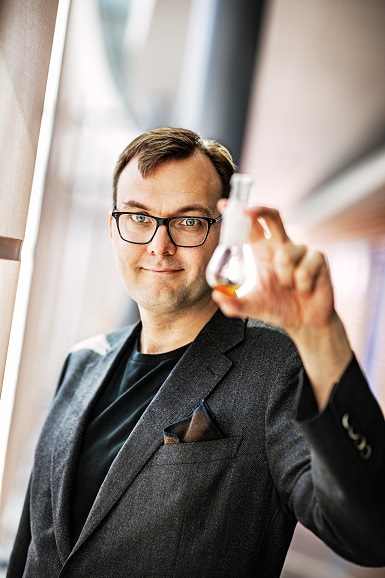 Kasper Moth Poulson, Chalmers, Sweden
Kasper Moth Poulson, Chalmers, Sweden
Professor Kasper Moth-Poulsen is a research leader in the field of nano-chemistry, energy storage materials and synthetic chemistry. His research activities focus on the development of methods to address single molecules and innovative technologies for solar thermal energy storage.
KMP studied organic chemistry at the University of Copenhagen where he obtained the Cand. Scient. (2003) and Ph.D. (2007) degrees under the supervision of prof. Thomas Bjørnholm. After the Ph.D. degree, he worked as a postdoc. in the Bjørnholm lab. In 2009, he continued his career abroad as a postdoctoral associate at the College of Chemistry at U.C. Berkeley, where he worked with professors Rachel Segalman and Peter Vollhardt. In 2011 KMP was recruited to Chalmers University of Technology, as an assistant professor. In 2014 he was promoted to associate professor in 2017 to professor (bitr. prof.) and in 2019 full professor. Since 2020 KMP is the head of the division of applied chemistry at Chalmers.
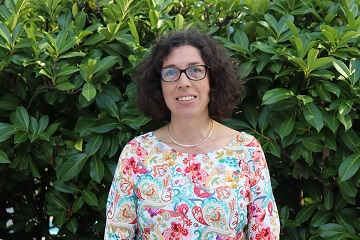 Rosa Palacin, Barcelona, CSIC, Spain
Rosa Palacin, Barcelona, CSIC, Spain
Rosa studied chemistry and received her Ph.D. in materials science at the Universitat Autònoma de Barcelona. In 1999 she became a permanent researcher at the Institut de Ciència de Materials de Barcelona belonging to CSIC, the Spanish National Research Council and serves as deputy director since 2014.
Her research career has been fully focused in rechargeable battery materials initially either nickel or lithium based and more recently covering alternative chemistries such as sodium-ion, magnesium and calcium. Specific emphasis is set in tailoring structure and microstructure of electrode materials to maximise electrochemical performance for traditional technologies and in the development of new materials for emerging technologies.
She has led diverse battery research projects with either public or industrial funding and is actively involved in the ALISTORE European virtual Research Institute devoted to battery research (co-director between 2010 and 2017). She serves in the boards of the International Battery Association (IBA), IMLB and Batteries Europe ETIP, and is an associate editor for Chemistry of Materials since 2016.
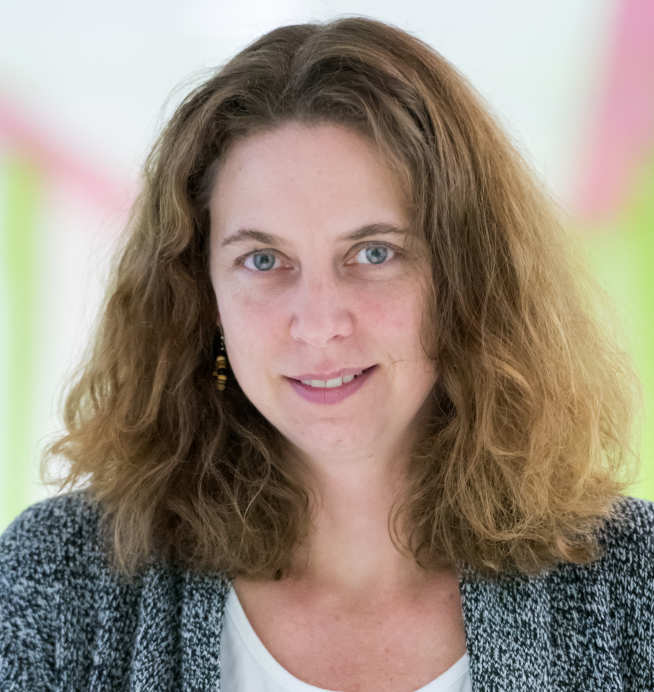 Alexandra Porter, Imperial College London, United Kingdom
Alexandra Porter, Imperial College London, United Kingdom
Prof. Alexandra Porter’s interest is in design, toxicology and advanced electron microscopy of bio and nanomaterials and mechanisms by which they interact with cells and tissues to improve their performance and safety. She held an ERC starting investigator grant on development of nanomaterials to cross the blood brain barrier and assessment of their degradation behaviour and neurotoxicology. Her PhD research generated underpinning mechanistic insight into how silicon increases the quality of bone around hydroxyapatite bone grafts in vivo.
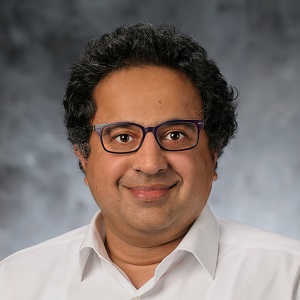 Ram Seshadri, UC Santa Barbara, United States
Ram Seshadri, UC Santa Barbara, United States
Ram Seshadri has been on the faculty of the University of California, Santa Barbara since 2002, where he holds the Fred and Linda R. Wudl Chair of Materials Science, and is Distinguished Professor in the Materials Department and in the Department of Chemistry and Biochemistry. Since 2017, he has directed the National Science Foundation Materials Research Science and Engineering Center at UC Santa Barbara. Seshadri obtained his BSc. (Hons.) in Chemistry from St. Stephens College (Delhi University) and a PhD in Solid State Chemistry from the Indian Institute of Science, Bangalore, where he carried out research under the supervision of Professor C. N. R. Rao FRS. Following postdoctoral research in Caen, France, and in Mainz in Germany, he started his independent career in the Indian Institute of Science, Bangalore as a faculty member before moving to Santa Barbara. The research carried out in his group combines aspects of physics, chemistry, and materials science, within the broad theme of crystal chemistry, and crystal-structure–property relations in functional inorganic materials. Seshadri has over 350 publications associated with these topics. He is a Fellow of the Royal Society of Chemistry, the American Physical Society, and the American Association for the Advancement of Science, and serves as an Associate Editor of Chemistry of Materials, and Annual Reviews of Materials Research.
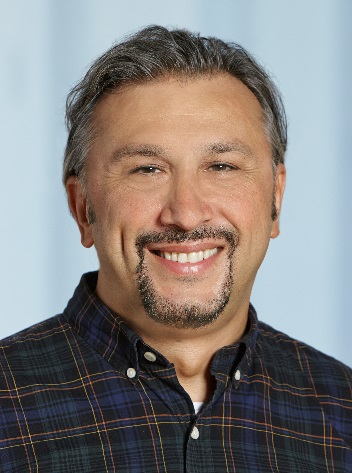 Metin Sitti, Max Planck, Germany
Metin Sitti, Max Planck, Germany
Metin Sitti is the director of Physical Intelligence Department at Max Planck Institute for Intelligent Systems in Stuttgart, Germany since 2014. He is also a professor at ETH Zurich and Koç University. He was a professor at Carnegie Mellon University (2002-2014) in USA. As selected awards, he received the Breakthrough of the Year Award in the Falling Walls World Science Summit 2020, ERC Advanced Grant in 2019, Rahmi Koç Science Medal in 2018, SPIE Nanoengineering Pioneer Award in 2011, and NSF CAREER Award in 2005.
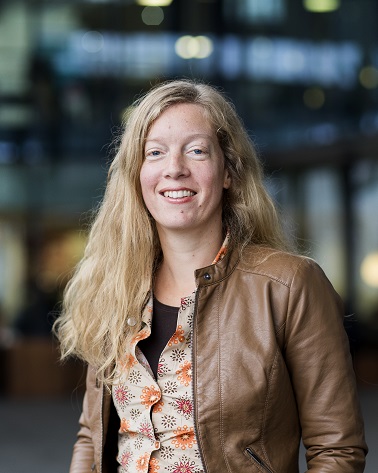 Ilja Voets, Eindhoven Univeristy, Netherlands
Ilja Voets, Eindhoven Univeristy, Netherlands
Prof Voets heads the Laboratory of Self-organizing Soft Matter at the Department of Chemical Engineering & Chemistry and ICMS at Eindhoven University of Technology focused on self-assembly in man-made, biological, and biohybrid soft matter to gain fundamental insights for translation into rational design strategies to engineer novel functional soft materials.
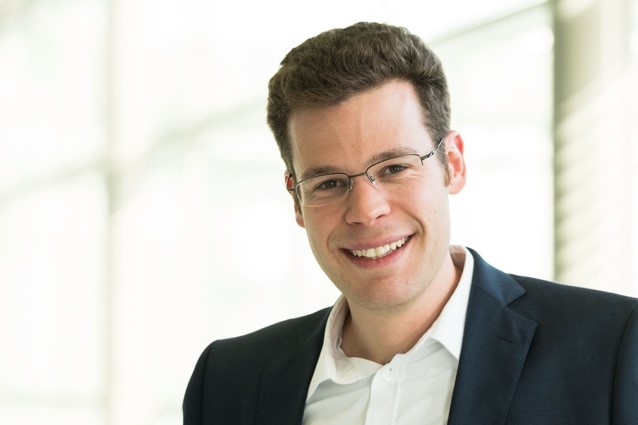 Wolfgang Zeier, University of Münster, Germany
Wolfgang Zeier, University of Münster, Germany
Wolfgang Zeier received his doctorate in Inorganic Chemistry in 2013 from the University of Mainz. After postdoctoral stays at the University of Southern California, the California Institute of Technology, and Northwestern University, he was appointed group leader at the University of Giessen, within the framework of an Emmy-Noether research group. Since 2020 he holds a professorship for Inorganic Chemistry at the University of Münster. In addition, he heads a department at the Helmholtz-Institute Münster, Ionics in Energy Storage. His research interests encompass the fundamental structure-to-property relationships in solids, with a focus on thermoelectric and ion-conducting materials, as well as solid-solid interfacial chemistry for all-solid-state batteries.
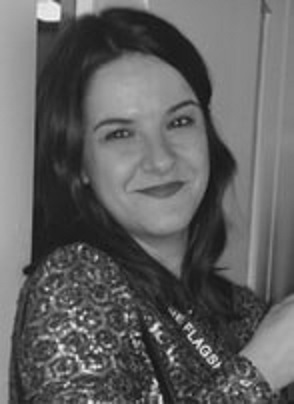 Cinzia Casiraghi, The University of Manchester, United Kingdom
Cinzia Casiraghi, The University of Manchester, United Kingdom
Prof Casiraghi holds a Chair in Nanoscience at the Department of Chemistry, University of Manchester (UK). She received her B.Sc. and M.Sc. in Nuclear Engineering from Politecnico di Milano (Italy) and her Ph.D. in Electrical Engineering from the University of Cambridge (UK). In 2005, she was awarded with an Oppenheimer Early Career Research Fellowship, followed by the Humboldt Research Fellowship and the prestigious Kovalevskaja Award (1.5M Euro). In 2010 she joined the department of chemistry at the University of Manchester.
Her current research work focus on the development of biocompatible 2D inks and their use in printed electronics and biomedical applications. She has published more than 100 works in well-respected journals in the field, by collecting more than 30,000 citations and a h-factor of 49. She has been chair/co-chair and member of conference committees of several prestigious conferences, such as MRS, MRS, Graphene Week, Graphene conference, etc. She also serves as editorial board member of Nanoscale and Nanoscale Advances, both published by the Royal Society of Chemistry (RSC).
She is a leading expert on Raman spectroscopy, used to characterize a wide range of carbon-based nanomaterials, as shown by the RSC Marlow Award (2014), given in recognition of her pioneering work on Raman spectroscopy. She is recipient of the Leverhulme Award in Engineering (2016, 100K GBP), and the recent RSC 2020 Gibson-Fawcett Award, in recognition of her contribution in the development of water-based 2D inks. She was also awarded an ERC Consolidator grant (2015, 2M Euro) and ERC Proof of Concept (2020, 150K Euro).
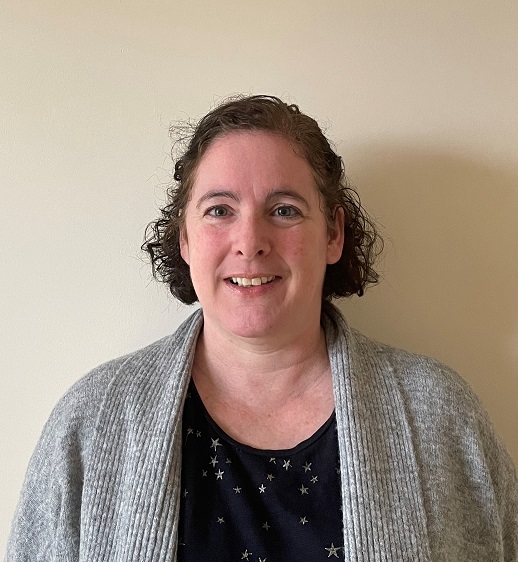 Iseult Lynch, University of Birmingham, United Kingdom
Iseult Lynch, University of Birmingham, United Kingdom
Iseult Lynch, PhD, MBA is Chair Professor in Environmental Nanosciences at the University of Birmingham (UoB), where she leads an international team of researchers. She has a very broad overview of all aspects of nanomaterials safety assessment, with a research focus on the nanomaterial surface and it’s interactions with biomolecules (proteins, metabolites, natural organic matter, pollutants etc.) and the implications of these interactions for both nanomaterials fate and effects and on the biotic and abiotic responses induced in organisms. She is a Clarivate Highly Cited cross-field Researcher (2018) and her work has featured in both peer-reviewed and popular literature, and has been cited over 26,250 times leading to a h-index of 65. She is a Fellow of the Royal Society of Chemistry, and an Associate Editor for the RSC journal Environmental Science: Nano. She was awarded the RSC John Jeyes award for Environmental Chemistry in 2020 for her work on the environmental interactions of nanomaterials, and the 2021 Outstanding Science Award from the Society of Environmental Toxicology and Chemistry (SETAC) sponsored by Noack Laboratorien.
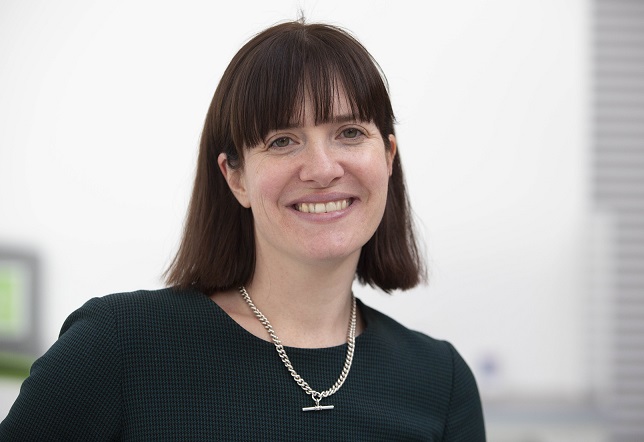 Rachel O’Reilly , University of Birmingham, United Kingdom
Rachel O’Reilly , University of Birmingham, United Kingdom
Rachel O’Reilly is currently a Professor of Chemistry and Head of School at the University of Birmingham. She got her first degree from the University of Cambridge and went on to complete her PhD at Imperial College, London in 2003 with Professor Vernon Gibson. She then moved to the US to under the joint direction of Professors Craig J. Hawker and Karen L. Wooley. In 2006 she took up a Royal Society Fellowship at the University of Cambridge and then in 2009 she moved to the University of Warwick and in 2012 was promoted to full professor. She moved to Birmingham in 2018. Her group undertakes research in the area of catalysis, responsive polymers, nanostructure characterization and DNA nanomaterials. She has published over 200 papers to date and has received a number of awards, including the IUPAC-Samsung young polymer scientist award in 2012, and in 2013 the American Chemical Society Mark Young Polymer Scientist award. In 2017 she was awarded the Macromolecules/Biomacromolecules young investigator award from the ACS in recognition of her innovative research in polymer science and in 2020 the RSC Corday-Morgan Prize.
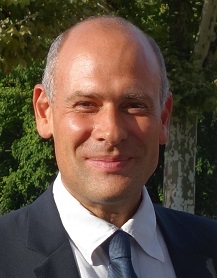 Paolo Samori, Université of Strasbourg and CNRS, France
Paolo Samori, Université of Strasbourg and CNRS, France
Paolo Samorì is Distinguished Professor at the University of Strasbourg and Director of the Institut de Science et d’Ingénierie Supramoléculaires (ISIS). His current research interests include two-dimensional materials, organic, inorganic and hybrid supramolecular systems, from their fundamental properties to their integration in high-performance (nano)devices for energy, sensing and optoeletronic applications
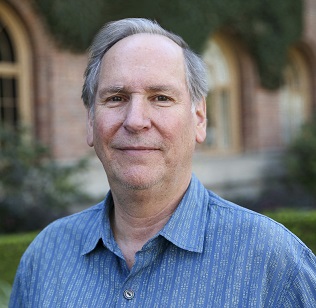 Mark Thompson, University of Southern California, United States
Mark Thompson, University of Southern California, United States
Mark Thompson received his B.S. degree in Chemistry in 1980 (U.C. Berkeley), his Ph.D. in chemistry in 1985 (California Institute of Technology) and was a postdoctoral fellow at Oxford University. Thompson currently holds the Ray R. Irani Chair of Chemistry at the University of Southern California. He is a Fellow of the AAAS and Humboldt Society, has received a number of national and international awards and has been elected to the National Academy of Inventors and the National Academy of Engineering (NAE). His research involves the study of materials and devices for electroluminescence, photovoltaics and solar cells, chemical/biological sensing and catalysis. Thompson is the author of approximately 400 papers in refereed professional journals and holds more than 250 patents primarily in the areas of optoelectronic applications, such as light emitting devices (LEDs) and solar cells.
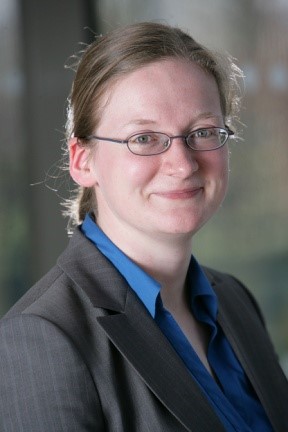 Keri Goodwin, CPI, United Kingdom
Keri Goodwin, CPI, United Kingdom
Keri Goodwin is currently a Chief Technologist at CPI and has 15 years of materials chemistry research experience. She received an MChem and PhD from the University of Edinburgh before beginning her career at CPI in 2009. During this time she worked in the printable electronics division of CPI for 8 years and lead the electronic materials development team, publishing several papers and patents relating to this work. This was primarily focused on organic semiconducting materials and formulation development for flexible display applications. She now leads the battery materials and formulation development area as part of the National Formulation Centre, within CPI. Her expertise lies in materials development for electronic applications as well as optimisation of coatings and interfaces using a variety of depositon techniques, both solution and vacuum based. CPI has industry relevant expertise relating to materials scale-up (including process engineering support), high-throughput formulation (to rapidly develop formulation space for new or existing materials sets), coating capabilities (bench top to R2R). All supported by an extensive characterisation capability including electrochemical testing.
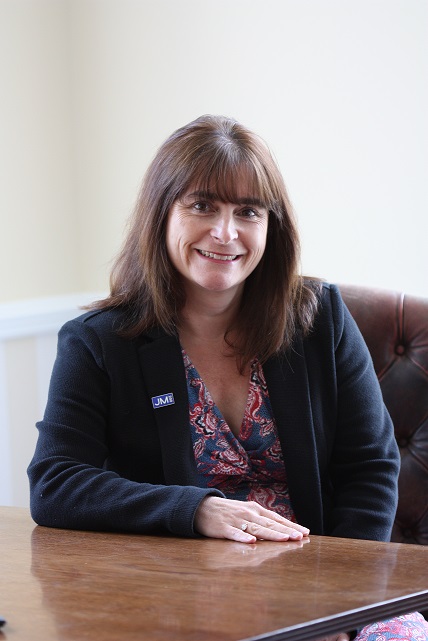 Elizabeth Rowsell , Johnson Matthey, United Kingdom
Elizabeth Rowsell , Johnson Matthey, United Kingdom
Liz Rowsell is Director of the Johnson Matthey Technology Centres, the Corporate R&D function of JM.
She received her PhD in 1993 from the University of Essex, in collaboration with the Nitrogen Fixation Unit at Sussex University, investigating charge interactions in Fe co-ordination complexes using Mössbauer spectroscopy.
Liz joined Johnson Matthey in 1993 as a Research Scientist, developing metal-based therapeutics for the treatment of sepsis. During her career with Johnson Matthey, Liz has worked on the development of catalysts for use in pharmaceuticals, food and personal safety, as well as programmes in biomass processing, gas purification and materials for energy production. She is responsible for a diverse team of talented scientists and engineers delivering cross-sector science to create a cleaner and healthier world.
Liz is a Member of the RSC Board of Trustees and Chair of the RSC audit and risk committee.
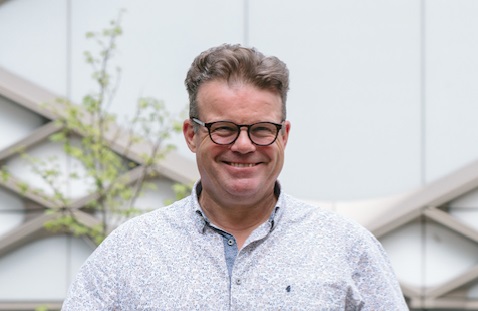 Tony Ryan, University of Sheffield, United Kingdom
Tony Ryan, University of Sheffield, United Kingdom
Professor Tony Ryan is The Professor of Physical Chemistry at the University of Sheffield and the founding Director of the Grantham Centre for Sustainable Futures..
Tony is active in translational research, disseminating evidence-based science to both experts and non-experts, and has been a regular contributor to TV, Radio, National Press and at learned societies from The Royal Society of Chemistry to Chatham House, The Royal Institute of International Affairs. He presented evidence at the UNFCCC COP21 in Paris in 2015 and returned to COP22 in Marrakech in 2016.
His research covers sustainable synthesis, structure, processing, and applications of polymers using advanced analytical and measurement techniques. Recent research projects included renewable sources for polyurethane synthesis, organic photovoltaics, maximising the properties of polymers and biopolymers through flow-induced crystallisation, formulation of home and personal care products and polymer foams for high intensity urban agriculture. The emphasis throughout is on understanding the fundamental science & technology in order to minimise resource use.
He has co-authored more than 350 papers and patents and 2 books. His text book, "Polymer Processing and Structure Development" with Arthur Wilkinson, is used in Universities world-wide. His sustainability book, “The Solar Revolution”, co-authored with Steve McKevitt, a social scientist, has had great reviews; it puts into context how we come to live on a planet supporting 7 billion people and what we have to do make sure in remains inhabitable (and prosperous) for the foreseeable future.
Tony has a BSc and PhD from the University of Manchester and a DSc from UMIST. He held a NATO Research Fellowship at the University of Minnesota, was a Lecturer, Senior Lecturer and Reader in Materials Science at The University of Manchester and was seconded to the Synchrotron Radiation Source at Daresbury. In 1997 he moved to Sheffield and served as Head of Chemistry before becoming the Pro Vice Chancellor for the Faculty of Science in 2008, a role which he fulfilled until 2016.
In 2002 he delivered the Royal Institution Christmas Lectures and was awarded an OBE in 2006 for 'Services to Science'.







































